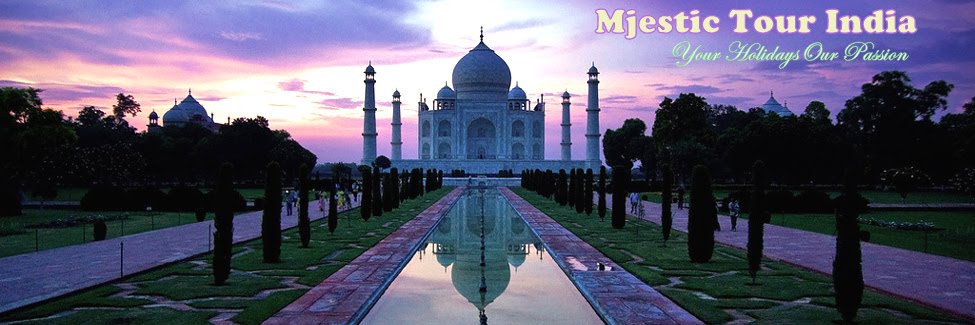 |
| Tiger Resting at Corbett Jungle |
Here are a few tips on how to explore the wild and make the best out of the trip.
1. Make a mental note of what interests you:
Corbett National Park is in itself a world of infinite. The trick to make the most of the trip is to recognize the ideal option to explore in the wild. The option can include jeep safaris, bird spotting, fishing, rappelling, elephant safari or just solitary walks. If you are there to just relax, opt for the walks or other recreational activities. And if natural science interests you, then you might like to do some personal research on the existing wildlife.
2. Be prepared to put up with any kind of situation:
When in the wild, you are susceptible to different weather conditions and other unwanted changes in the schedule. Thus, an easily adaptable attitude helps in making a trip very memorable. This is because the wildlife system itself works on the adaptability concept.
3. Always carry your essential items:
Always carry your personal care products and medicines because a Corbett National Park is a much different place than where you actually belong to. You can’t go on expecting your essential commodities inside of a wildlife habitat. The only thing available there is nature.
4. Book accommodations prior to your visit:
Make sure, you book your accommodations and other trip facilities prior to landing up at the spot. This saves booking hassles and last minute rejection at the resorts and hotels. Once you get there properly booked, the only thing left to think about is the wildlife.
5. Conduct a research before planning the trip:
Do a small research about the specialty of the place before leaving for the trip. This will come handy when you find yourself drifting towards unwanted information. Information about the topography and the demographic characteristics of a place always helps.
6. Discover the best at its best:
The best time to catch a glimpse of the wild habitat at its purest best is the morning hours. Try getting up early in the morning to discover nature unfolding in front of your eyes. The cacophony of the jungle is best deciphered in morning hours only.
7. Document what you see:
Keep a journal or a camera to document your experience. They will make the trip forever memorable. Apart from your mind, these things capture memories the most authentic way.
